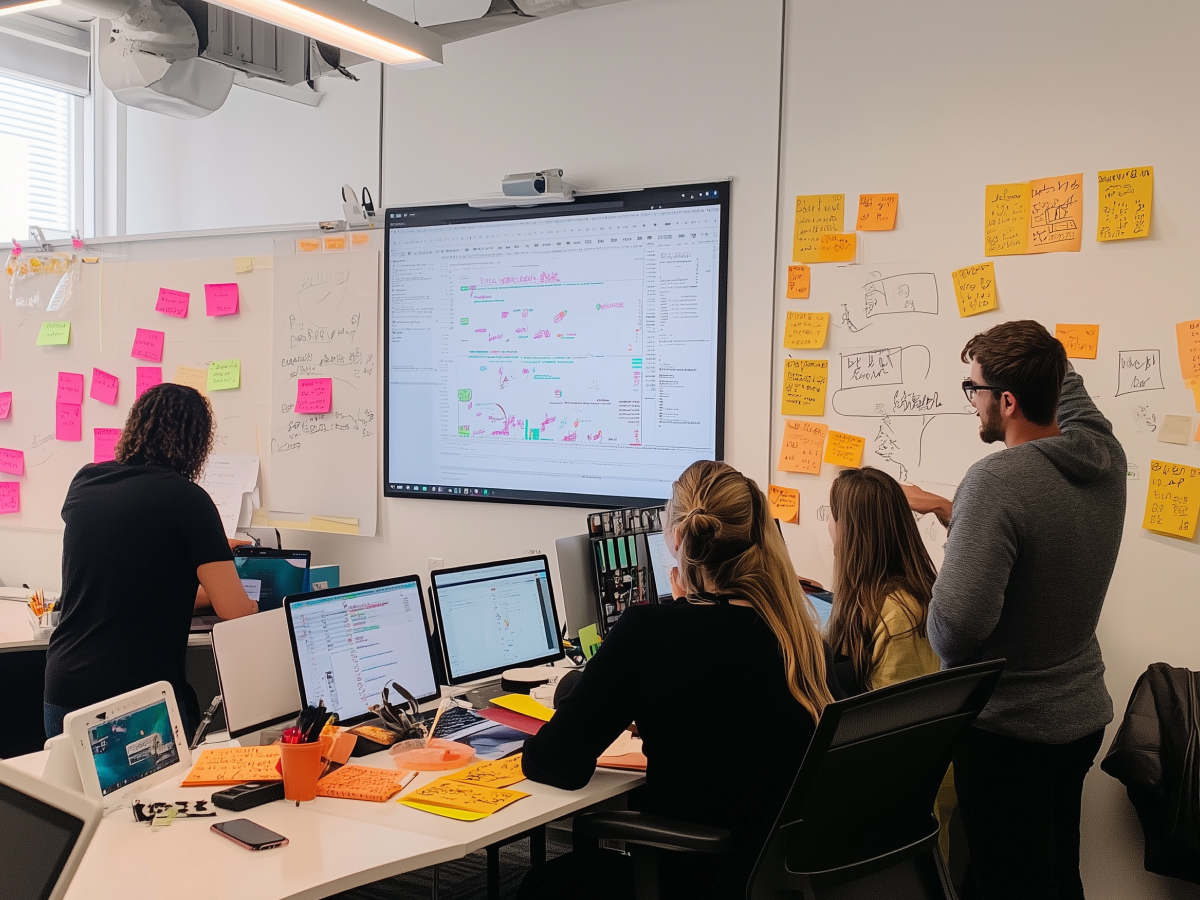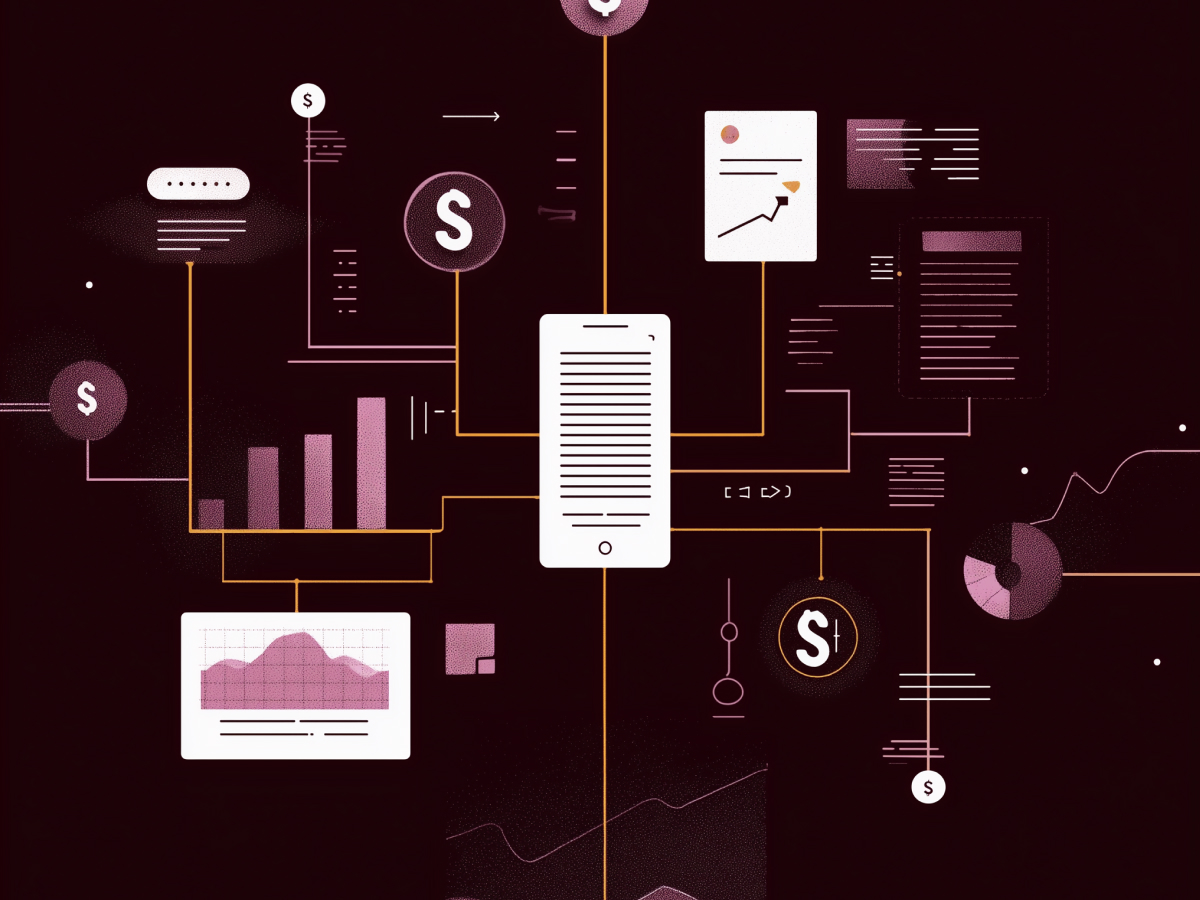UX design principles are highly valuable for HR teams
User experience design isn’t just for software and websites. It’s a mindset. At its core, UX is about creating systems that are intuitive, user-friendly, and designed around how people actually think and behave, not how you assume they do. And right now, Human Resources is one of the most underutilized areas where this mindset can drive real change.
People and Culture teams are already in the business of solving human problems, onboarding, recognition, engagement, policy management. These are all services. They are internal products, built for your employees. If they’re clunky or confusing, your people won’t use them. Or worse, they’ll use them and hate them. That kind of drag on engagement creates hidden inefficiencies that impact retention, morale, and performance.
When HR leverages UX principles, they stop launching tools based solely on checklists and start building experiences employees want to use. That changes the game. The switch from compliance-driven to experience-driven design improves adoption rates, minimizes rework, and affects how teams feel about the organization every day.
If you’re scaling fast or handling post-merger complexity, start here. Ask yourself: are the internal programs we’ve launched designed with empathy and simplicity? You don’t need a full UX research team, start with user-centered thinking, something most C-suite leaders can recognize adds real value.
You’re not just optimizing a workflow. You’re reinforcing the employee-employer relationship with every interaction.
Deep understanding of user needs is essential before designing HR tools
Most HR initiatives fail because they solve the wrong problem. That happens when decisions are based on assumptions, not insight. It’s easy to take a line from an engagement survey, “People feel underappreciated”, and then rush out to buy a sophisticated recognition platform. But without understanding what “appreciation” really means to different segments of your workforce, it’s just noise.
Effective user-centered design doesn’t start with the solution. It starts with systematically exploring what your people experience every day. What frustrates them? What motivates them? What context are they working in? You can’t gather this from a dashboard, this requires conversation, observation, and active listening.
For instance, in the HeyTaco team’s case, employees said they didn’t feel appreciated. That could have meant anything. Before investing in a platform, the right move would’ve been to sit down with different groups, ask them what appreciation looks like, and understand what systems (or lack thereof) are currently making it hard to show recognition.
This kind of research isn’t a luxury, it prevents waste and amplifies impact. Once you understand the full picture, the solution becomes obvious, relevant, and welcomed.
C-suite leaders should care because every underused HR tool is a sunk cost in both time and credibility. You can avoid that. Build what people actually need, not just what’s easy to deploy. That’s harder upfront, but smarter over time.
Practicing curiosity unlocks meaningful employee insights
When someone gives feedback, most people move too fast. They rush to solve, fix, or explain. That limits what you can learn. In user experience design, and it applies directly to HR, curiosity is more important than speed. The most valuable information comes after the first response. It’s what the person says next that tells you how they really feel, what’s driving their reaction, and how the system is failing them.
People don’t always articulate problems directly. Sometimes they hint at symptoms. If you slow down and ask one more question, Why did that matter to you? What was going through your head when that happened?—you get clarity that a survey alone won’t provide. That unlocks insight you can actually use.
Curiosity isn’t just a soft skill. It’s a tool for deep understanding. When HR leaders build the practice of asking more, listening better, and resisting the urge to respond too quickly, they create a clearer map of real user needs. That map is essential if your goal is to design systems that improve, not just exist.
To put it simply: knowing the right questions to ask, and asking them at the right moment, gives you better answers. And better answers drive better tools, better workflows, and better employee experience. That increases adoption rates, reduces resistance to change, and aligns HR offerings with actual user expectations.
In leadership, curiosity is a strategic advantage. When exercised intentionally, it leads to smarter design decisions and fewer missed opportunities.
Simplified decision-making boosts adoption and satisfaction
When you give people too many choices, you force them to think harder than they need to. That’s a drain on time and energy. In HR, this shows up all the time, 20 benefit plan options, dense onboarding guides, multi-step workflows. The intent is good: flexibility. But the outcome is poor: delay, errors, drop-off.
UX design focuses on reducing this friction. Not by removing control, but by structuring decisions more intelligently. When an employee is choosing healthcare coverage, don’t send them a document with pages of legal copy and every available plan. Instead, ask a few qualifying questions. Present three clear options based on their needs. Make it faster and easier to choose well.
Simplified decisions increase engagement. That’s because people interact more with tools they understand quickly and intuitively. This applies across your HR stack, learning management systems, policy navigation, internal portals. The simpler the interface and flow, the higher the usage and satisfaction.
According to research from Marvel, three things commonly raise cognitive load: too many options, excessive thinking required for decisions, and lack of clarity. You don’t need to guess what this does to adoption and usage, it reduces both.
At the executive level, this isn’t just about design preference. Over-complication causes measurable inefficiency. It wastes time, increases frustration, and disengages your workforce at moments that matter. Simplification isn’t about offering fewer services. It’s about presenting them in a way people can act on, confidently and fast. That’s what good user experience delivers.
Usability determines the success and engagement with HR tools
Usability is the baseline. If people can’t easily complete a task, they won’t. If it takes too long or feels frustrating, they’ll avoid it. That’s a problem, especially when it involves functions like onboarding, accessing payroll, or participating in training. These are not optional. But poor usability turns them into pain points.
When UX design principles are applied to HR tools, usability becomes a core performance metric. Can your employees complete the task without help? How long does it take them? Can they repeat it later without re-learning it? And, just as critical, does the experience feel smooth or frustrating? These are measurable outcomes. You don’t need guesswork. Test and observe.
Say you’re rolling out a new training program. If it’s a 50-page PDF managers need to read and implement on their own time, your expectations are off. If instead you design it around short, timed content that’s easy to consume in the flow of a manager’s day, performance improves. Engagement follows. The task becomes embedded, not avoided.
Executives need to pay attention here. Employee experience isn’t just enhanced by usability, it depends on it. A bad interface for a mundane task damages perception across the board. A good one reinforces trust and competence. That influences how employees engage with not just the tool, but the organization behind it.
So before you launch your next internal product, check the usability criteria. Not all friction is necessary. Some of it is just poor design.
Personal awareness of usability can inform better HR design
If you’re responsible for deploying systems your teams rely on, you should be evaluating how you experience similar systems in your own daily life. That kind of awareness creates better instincts for what “good” looks like.
Think about the last time you booked a business trip, submitted an expense report, or scheduled a virtual meeting. How long did it take? How many unnecessary steps were involved? Did you feel confident throughout, or did you hesitate? These reactions matter. They reveal gaps in design and user flow that often go unnoticed.
This reflex to notice and evaluate experience builds intuitive skill over time. You start identifying pain points faster, long before employees start raising complaints. You move from being reactive to proactive in how you design and deliver internal tools.
For HR leaders and C-suite executives, this mindset scales. It informs how you assess vendors, how you greenlight project timelines, and how you set expectations for user adoption. It helps you ask better questions and demand better answers, from your team and from any partner pitching you a solution.
The result is more thoughtful internal systems that reflect real-world use, not just theoretical business needs. When the person making the decisions understands, really understands, the user experience, everything delivered to the workforce improves.
Contextual insight enhances the relevance of HR solutions
Knowing your users isn’t enough. You also need to know the context they operate in, where, when, and why they engage with a specific tool or service. That’s where most internal initiatives fail. If a recognition platform, for example, isn’t integrated into the platforms people already use or easily accessible at key moments, they won’t build the habit. Not because they don’t care, but because the tool doesn’t fit the rhythm of their work.
Context shapes behavior. If you’re designing without it, you’re guessing. And those guesses drain adoption and ROI.
Ask better questions early. Not just “What do you think of this system?” but “When are you likely to use this?” “What tools are you already using at that moment?” “What’s happening around you when this matters?” Get specifics. Surface real points of friction, or opportunity. From there, solutions become obvious.
This approach is especially important when launching tools for actions that rely on timing or environment. Recognition, time tracking, support requests, all of these incur drop-off risk when their tools aren’t anchored in context. If an employee is mobile, the solution needs to work from any device. If they work asynchronously, access can’t rely on limited hours or team presence.
For execs, this isn’t a UX side note, it’s operational relevance. Investing in a well-designed tool and missing the context means you’ve left value on the table. Correcting that requires zero new budget. It just takes asking the right questions at the start.
Continuous feedback and iteration are vital for long-term effectiveness
Internal HR products and services are often treated as “set it and forget it.” That’s a mistake. People evolve. The business shifts. A well-crafted solution that works today won’t necessarily hold up in six months. This is why feedback loops aren’t optional, they’re core operational infrastructure.
You need regular data. Not just survey responses, but also behavior observation. Are employees using what you’ve launched? Where do they drop off? What do they ask for help on? These small clues often carry more insight than direct comments. People don’t always express what’s broken, but they show you if you look.
Iteration should be constant. That doesn’t mean massive redesigns, it means small, meaningful improvements based on real feedback. When the cost of change is low, you can experiment more freely. When the stakes are high, like payroll or benefits systems, your pre-launch calibration needs to be exact. Run trials, test with pilot users, and track early engagement closely.
This also has strategic impact. When your people see that their input leads to change, you increase trust. Feedback isn’t just a diagnostic tool, it’s a performance driver. It brings users into the process and strengthens the adoption curve.
At the C-level, this mindset should be embedded into OKRs and annual planning. Internal systems are too critical to be static. What you launch is version one. What you improve over time becomes the real product. Teams that commit to that cycle outperform. Every time.
HR professionals can benefit from participating in shared learning communities
Effective HR strategy isn’t built in isolation. It takes insight, exposure to different approaches, and real-time problem-solving with others in the field. Engaging in professional communities, like the People Managing People community mentioned in the original content, accelerates that process. These spaces allow HR leaders to learn what’s working, what isn’t, and how others are approaching the same challenges, without waiting for expensive reports or outdated benchmarks.
This collective learning is valuable for decision-makers operating in fast-moving environments. Shared experiences from other leaders often reveal practical tactics, early warning signs, and solution frameworks you can apply directly. It’s not about theory. It’s about actionable strategy, tested by others before you roll it out.
Whether the discussion is about onboarding redesign, policy updates, or engagement tech, collaborative forums offer compressed learning time. You see patterns faster. You validate assumptions before implementing. You learn from others’ mistakes without paying the cost yourself.
From a leadership standpoint, executives should encourage their People teams to participate in these communities and, where possible, stay informed themselves. The exchange of ideas not only reduces blind spots but also fosters innovation grounded in real-world results, not isolated planning.
Mentioned Individuals: The article references the team at HeyTaco as an example of how companies sometimes jump to solutions, like recognition platforms, without deeply understanding what their employees actually need. This serves as a cautionary insight for leaders moving too quickly from problem signal to product execution. While no individual is named, the company’s approach highlights the UX lessons being applied in practical HR scenarios.
The bottom line
Designing internal tools isn’t just an HR responsibility, it’s a leadership opportunity. When People teams apply UX principles with intention, the impact reaches far beyond better interfaces. You reduce the friction that slows people down. You surface issues before they become blockers. And you create systems employees trust, use, and talk about positively.
For executives, this is operational leverage. Better usability means fewer training cycles, faster onboarding, and higher engagement without adding budget. It means your people systems support business outcomes instead of degrading them. That’s the return.
This doesn’t require a full design overhaul. It starts with asking better questions, noticing what your teams experience, and committing to iteration. When leadership backs this mindset, adoption improves, disengagement drops, and internal products start performing like external ones.
The organizations that get this right don’t treat UX as a trend. They treat it as infrastructure. That’s where the long-term advantage lives.





